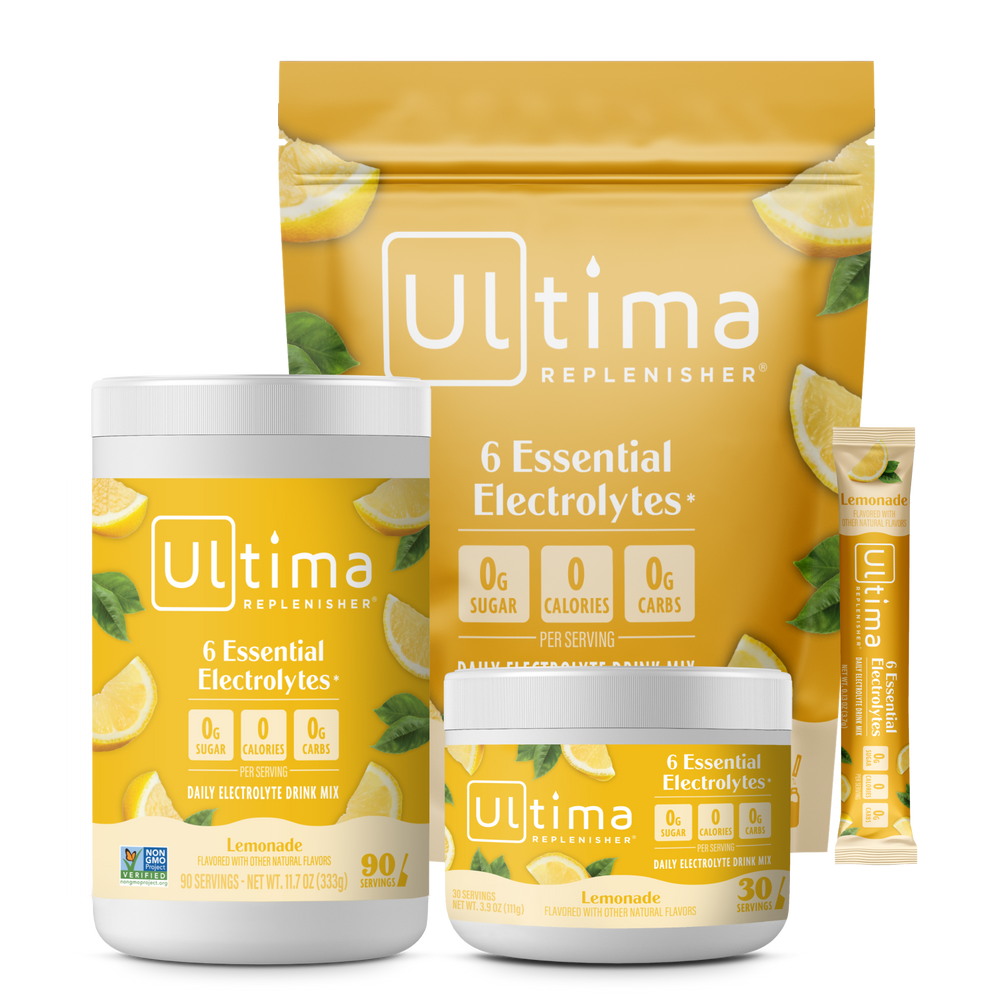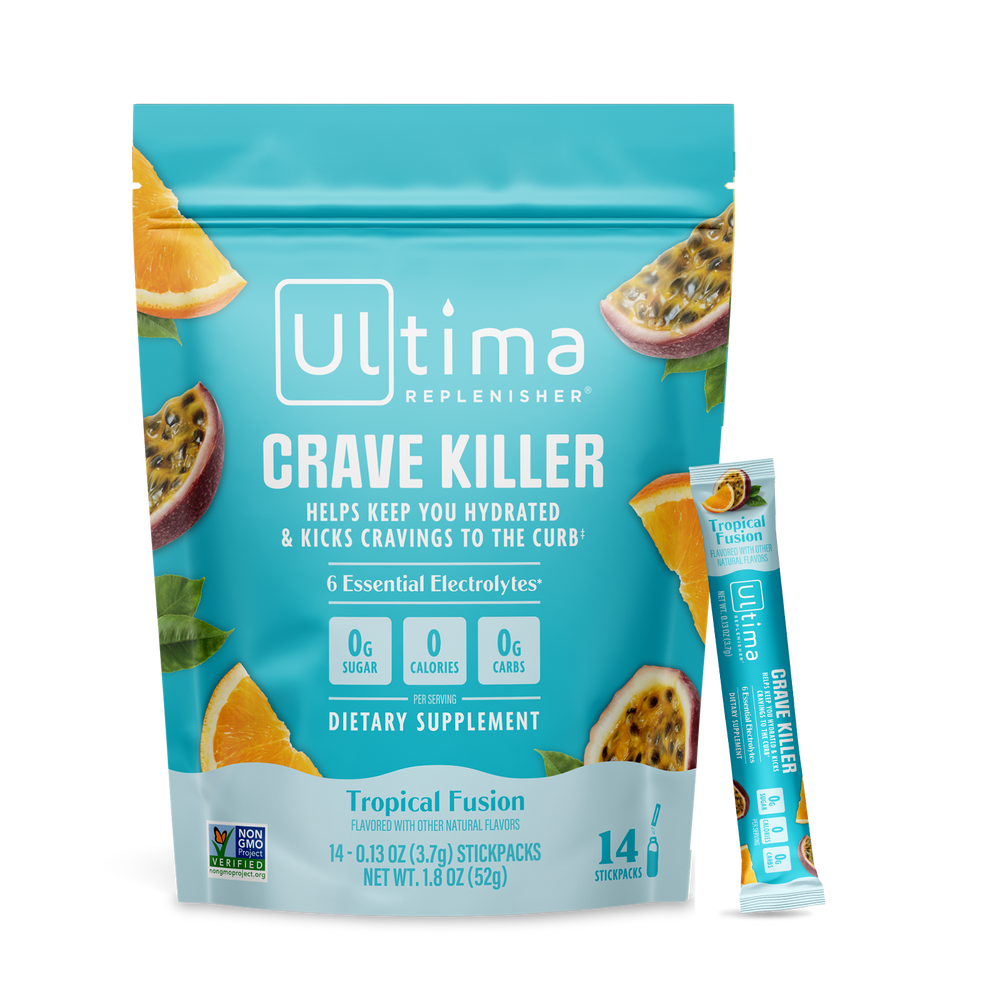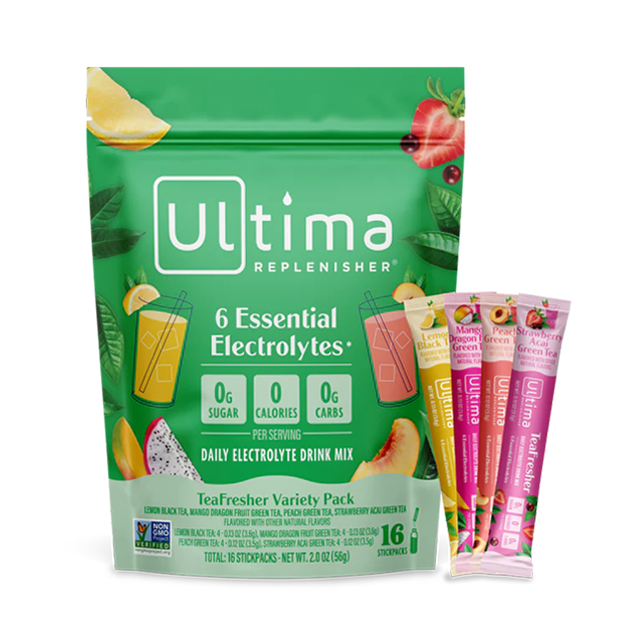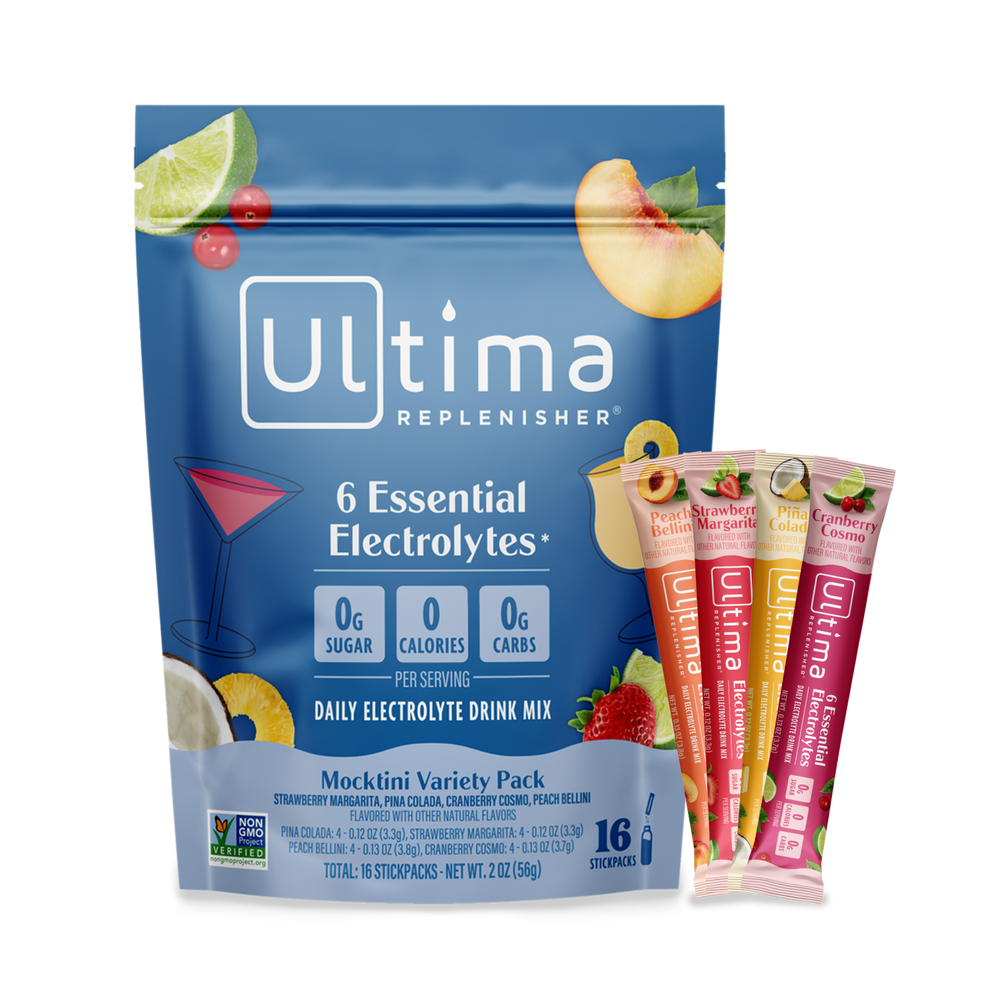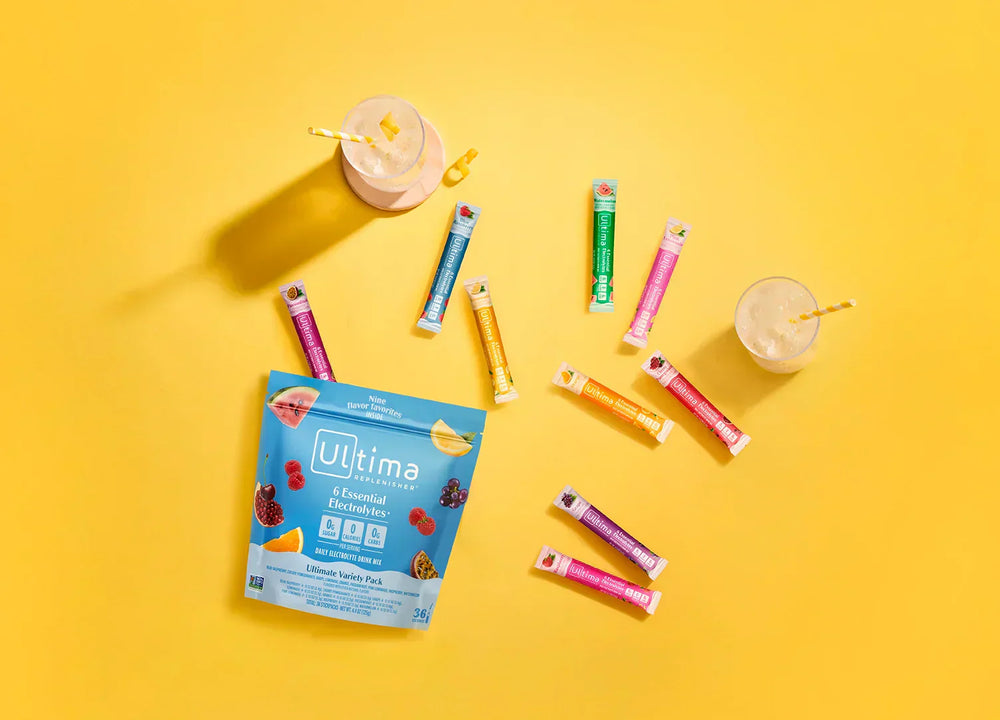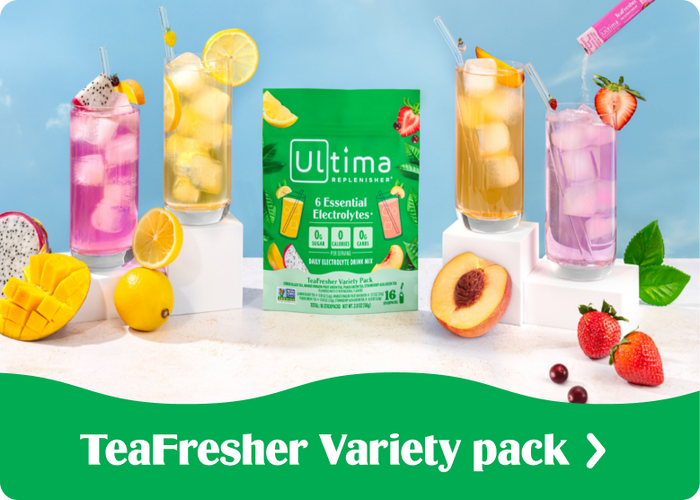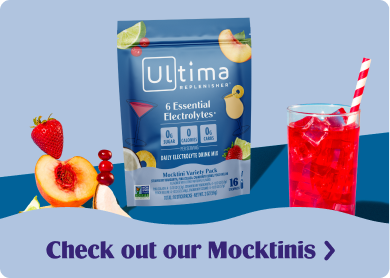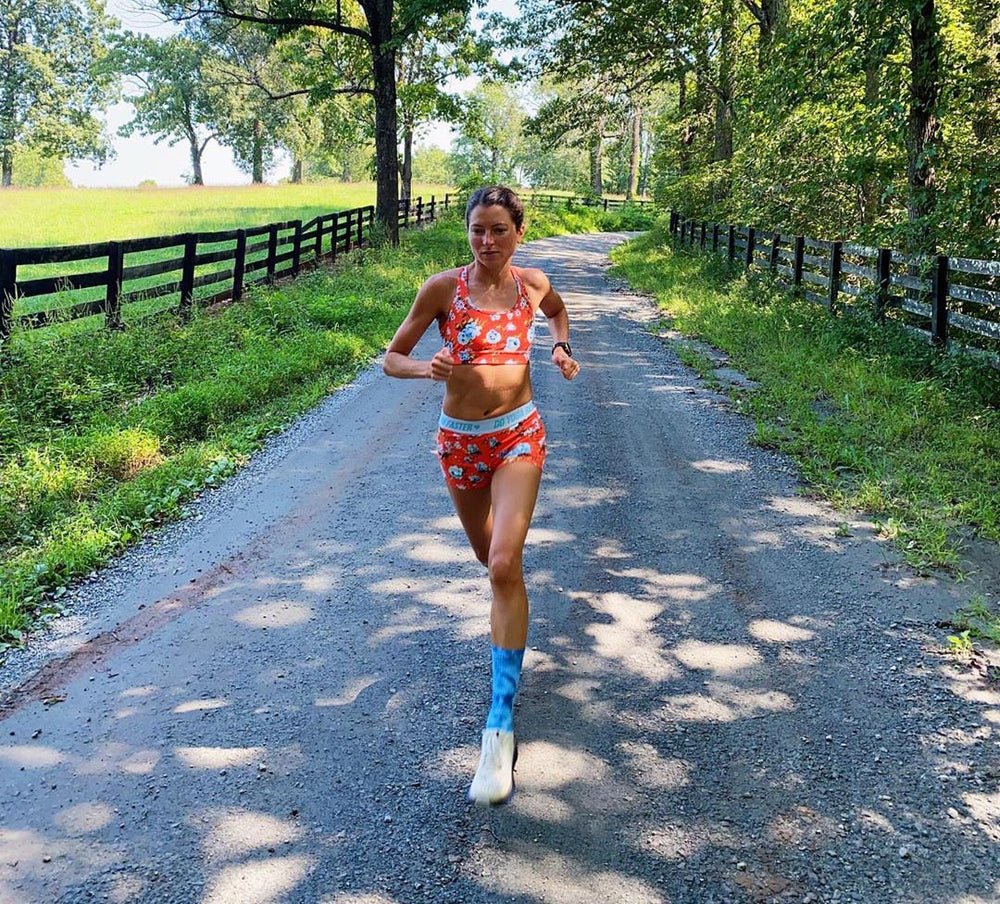
5 Tips for Hydrating and Fueling on Longer Runs
If you are training for a longer running distance like a half or full marathon, you will undoubtedly also be doing some longer or even very long runs in your build up to your event. As the length of your race goes up, so does your need to prioritize hydrating and fueling, not just on race day, but in your training as well. Most half or full training plans will include at least one long run per week; these long runs are a prime chance to test out your race day hydration and nutrition strategies. Even if you aren’t planning on a race anytime soon, properly hydrating and fueling your long run will help you feel more strong, steady, and smooth for the entire duration of your run.
The half marathon is usually the first distance where you need to seriously consider how to hydrate throughout the race itself, with both water and electrolytes, whereas in the full marathon, you need to begin to consider not just overall hydration but also an energy source to use as fuel—whether a carbohydrate rich drink, gels, or another form of quick, easily digestible calories. Similarly, the length of any given long run will determine what kind of hydration and fueling strategy you should adopt.
When I first began training seriously for marathons, I had to ensure I was also hydrating and fueling in my longer training runs. Over the course of my marathoning career leading up to my tenth at CIM 2019, where I ran a 2:44:45 and qualified for the 2020 Olympic Trials Marathon, I refined how and when I hydrated and fueled in both training and racing, so that I could ultimately arrive at the finish line feeling as strong as possible. Whether you are training for a half or full, or are just enjoying running longer amid the pandemic, here are my 5 core tips for hydrating and fueling on your longer runs.
1. Consider the length of your run, purpose of the run, and weather when planning your run hydration and nutrition.
These are really the first instinctive questions I ask myself when getting my drinks and/or my nutrition ready to go for my long run: length of run, purpose of run, and weather that day.
If I am running a medium length long run, which for me might be in the 10 to 15 mile range, taking 70 minutes to almost 2 hours, I will most often just bring electrolytes with me and will save any real fueling for post-run when I can enjoy my brunch. For these medium length long runs, my priority is purely on staying adequately hydrated and keeping my electrolyte intake up. I will usually bring 2-3 smaller 10-12 ounce bottles of Ultima Replenisher (usually blue raspberry!) with me and drink as I go.
You should always consider yourself as an individual when thinking about how run length, purpose, and weather impact your hydration and fueling. At this medium length of long run, I am able to perform well and feel strong just on electrolytes, especially as I am a big breakfast person, so I will always start the run very fueled. However, if you are not a big breakfast person, you should consider adding in a gel or two even if your long run isn’t on the longer side for you. Overall, it is very important to consider how long any given long run will feel for you: is this going to be longer than you have ever gone before, or longer than you’ve gone in a while? Then you may need some calories added to your hydration.
If you know you are going to be out there for 2+ hours, no matter the distance covered and no matter what you ate for breakfast, you should probably consider adding some fuel in the form of easily digestible carbs, like an energy gel or two, to your plan. Every body really is different, so you should experiment until you figure out what works for you. In general, remember that this is not rocket science: if you are thirsty, drink something, and if you start feeling low on energy, have a gel or something similar (even fruit snacks work great for me!).
What is the point of this particular long run? If my long run has any quicker paced sections—so, in other words, if I have some component to the long run that makes it mimic the effort of a race—I might opt to include a gel or two to more closely mirror a realistic race day experience. If my long run is a more relaxed effort and not that relatively long, then I would again focus more on hydration alone. Especially if your long run is acting as a test of a race day hydration/fueling strategy, then by all means, have the gel at mile 7 like you are planning on for your marathon, even if your long run is 11 miles!
Likewise, use common sense when factoring in the weather into your long run hydration. In the middle of the summer in Virginia, when I am out there sweating away in the humidity, I tend to drink a lot more during the run than in the middle of the fall. (In the summer here, I commonly drink 3-4 20 ounce bottles on my run itself, and another 24-48 ounces immediately after! It gets really hot here!) That said, one common mistake runners make is to not hydrate enough in the fall when it starts getting cooler: you still need to drink on a fall long run too!
2. Bring an actual drink with you on your run, and pack others for drinking while en route.
Yes, you should actually CARRY a drink with you! I promise you will get used to holding something and that it is not a big deal to carry something in your hand the whole way. (Any inconvenience of carrying something is, for me anyhow, always outweighed by the massive convenience of having a drink, quite literally, on hand.) I use the replacement bottles for fuel belts, which are small mini water bottles with easy to open and close caps, and are usually about 10 ounces each.
Consider how you might plant or retrieve other bottles on your route (that one mini bottle probably won’t last more than 7 miles max). If you are running an out-and-back or looped route, you might even be able to drop off additional bottles near the start of your run that you will pass by later. Sometimes I will even run with a mini bottle in each hand, drop one at the 3-4 mile mark of the run, drink the remaining bottle, and then pick the full bottle back up when I pass it over the last couple miles.
3. Practice with what you plan on using for race day.
Your long runs are your chance to find out what works for YOU. Everyone is very individual when it comes to their fueling and hydrating. Some runners have sensitive stomachs, while some (like me!) are fine with a variety of drinks and gels. Experiment during your long runs to see when and in what form your carbs help you the most. While it is easier to test your electrolyte intake over your regular length runs, take advantage of your long runs to optimize your eventual race day fueling strategy.
4. Prep your drink/fuel plan ahead of your run.
While this may sound obvious, it really is a huge help to set out your drinks and gels or other nutrition the night before your run. My running friends joke that I bring my “picnic basket” with me for some runs: I will literally start the run holding a small reusable grocery story bag packed with my mini water bottles and a selection of gels. I then plant this “picnic basket” at a convenient location that I end up running past several times during the run (again a looped course or out-and-back course is a big help here). I am always glad when I wake up for a long long run that my “picnic basket” is already waiting to go for me in the fridge and that I don’t have to rush to collect everything before I head out the door. Planning ensures you don't forget anything and can just go enjoy that run!
5. Hydrate and fuel before you think you need to, and remember your post-run hydration and fuel matters too!
You want to drink before you get actually thirsty, and have your gel before you start feeling too low on energy! At some point during your running career, this will become more second nature to you: you will just know that you need a gel or need a drink. If all of this is new to you, remember that it just helps to have hydration and nutrition on hand and easily accessible at any stage of your run so you can have it when you need it, whenever that may be. Trust yourself, be prepared, and you will be good to go!
Just as your hydration and nutrition while running matters, so does what you do right afterwards. No matter the season, whether summer or winter, I always bring two extra big (24 ounce) bottles of Ultima Replenisher with me to every long run. More often than not, I end up drinking at least 3/4 of these on the car ride home from my long run. In general, it is just better to have a drink nearby than to be thirsty and without one!
Depending on how I feel immediately post-long run, I may have a protein drink or protein bar, though often in the summer, I am too overheated to immediately eat something post-run, but will enjoy some protein pancakes once I arrive home. Just listen to your body on any given day, make sure you are prepared, whether you might be thirsty or hungry post-run, and ensure that you do get some protein in you within a reasonable window of time (don’t wait two hours to eat!).
Dialing in your long run hydration and fueling strategies can go a long way, pun intended, towards helping you have a better, happier run experience. With a little bit of planning, preparation, and experimenting, you will find yourself an expert on your own long run drink and fuel prep!
 About the author:
About the author: